Mount Emei
Mount Emei, in Chinas Sichuan province, has been a revered site for than 2 millennia and holds a special place as one of the Four Sacred Buddhist Mountains of China and a UNESCO World Heritage Site due, to its breathtaking natural scenery and deep cultural significance with many Buddhist temples and monasteries dotting its landscape. Mount Emei history can be traced back, to the century when Buddhism made its debut in China for the time ever! Legend has it that Bodhidharma—a monk—journeyed to Mount Emei and spent nine years deep in meditation within a cave there while sharing the wisdom of Buddhism with others around him; this pivotal moment marked the start of Mount Emeit becoming a place, for Buddhists everywhere. Through the ages " Mount Emei has attracted pilgrims and monks on a quest, for awakening" many sacred sites dotting its slopes like the Bao Guo Temple from the Tang Dynasty (618–907). This mountain has not been a beacon of enlightenment but instrumental in disseminating Buddhism to regions like Japan and Korea, in East Asia. During the Ming Dynasty, from 1368 to 1644 period Mount Emei has flourished as a hub for activities boasting an array of more than 150 temples and monasteries on its premises .However, during the Cultural Revolution in the 1960sthe mountain suffered damage with temples and statues being ruined. Significant efforts, towards restoration and preservation of the historical essence of Mount Emei began in the 1980s under government initiatives. Mount Emei remains a destination, for tourists due to its stunning natural scenery and historical significance. It serves as a symbol of Buddhism's lasting influence, in China. Is highly recommended for those intrigued by the nations cultural traditions. Mount Emei is more, than a natural site with rich historical value; it also serves as a vibrant center for cultural events and heritage practices where various ethnic communities such, as the Han Chinese and Tibetan and Qi Ang tribes reside with their distinct ways of life and rituals. The Lantern Festival is a event, at Mount Emei where colorful lantern decorations light up the mountain on the 15th day of the first lunar month each year to mark the occasion with music dancing and traditional cuisine enjoyed by locals and tourists alike. One of the standout attractions, at Mount Emei is the Emei Kung Fu Exhibition that presents the martial art that has its roots in this area. The show involves artists showcasing a variety of kung fu moves. Is a must, for those intrigued by Chinese martial arts. The traditional food, on Mount Emei is an aspect of its culture. With a focus on vegetarian meals served in the temples and monasteries due, to their strict vegetarian practices, Visitors also have the chance to savor the renowned Emei hotpot; a zesty dish enriched with indigenous herbs and spices. The essence of Mount Emei's culture is closely linked to Buddhism; guests have the opportunity to fully engage in this practice by joining meditation sessions and observing rituals while gaining knowledge, about the Buddhist principles from the resident monks and nuns, on the mountain. Mount Emei stands out for its abundance of sculptures and statues dispersed over the mountain—a blend of artistry and cultural and religious importance intertwined in each piece. At the peak of Mount Emei stands the Ten Thousand Buddha Summit sculpture. An assembly of, than 10 000 miniature Buddha figures crafted from bronze., stone, and wood. Each statue showcases stances and facial expressions that captivate those who visit this site. The sculptures found at Mount Emei also showcase carveries adorning the walls of temples and monasteries portraying tales, from Buddhist scriptures and myths from centuries past. This artwork crafted by artists dates far back as the 9th century and stands as a tribute, to their exceptional artistry and dedication. At Mount Emei, visitors have the opportunity to observe the creation of sculptures, by numerous artists and craftsmen working on the mountain to maintain and expand its diverse range of sculptures. Mount Emei holds a wealth of significance and cultural treasures, with its Buddhist temples and exquisite sculptures that attract visitors keen, on exploring China's diverse heritage and vibrant traditions.
Wanderer
9/16/2024
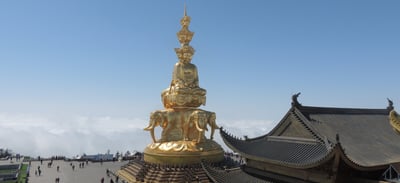



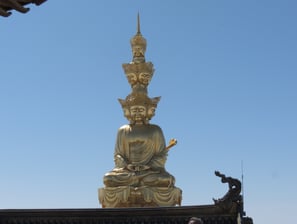

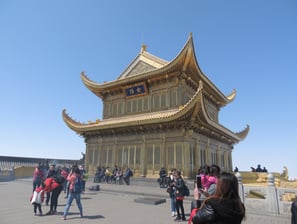



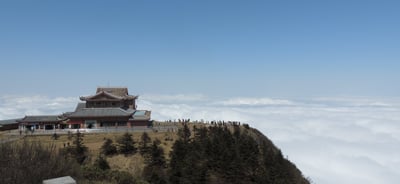

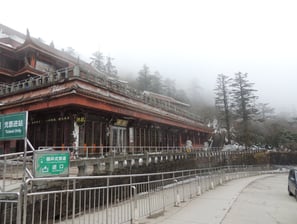

Gallery
Click on photo to enlarge..
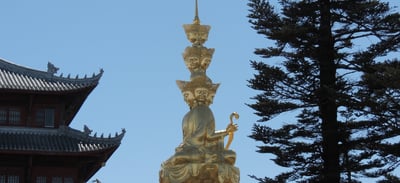



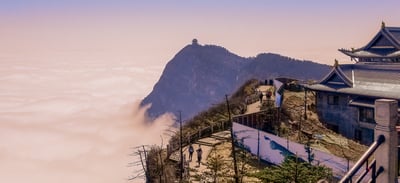




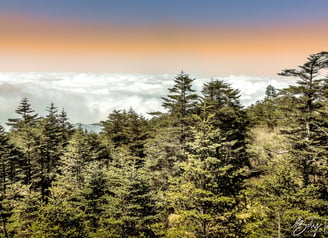
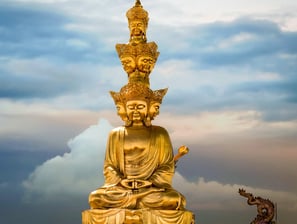

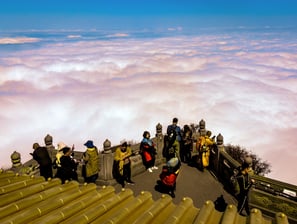

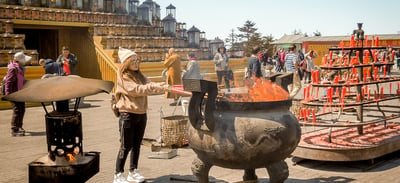

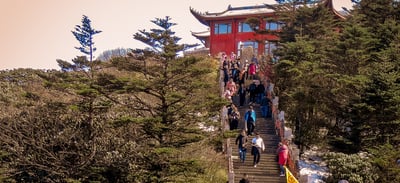

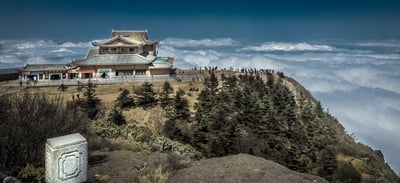

© 2025 All rights reserved Wanderer In Asia
